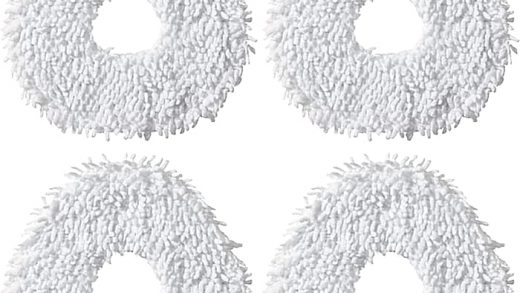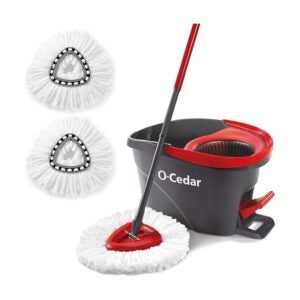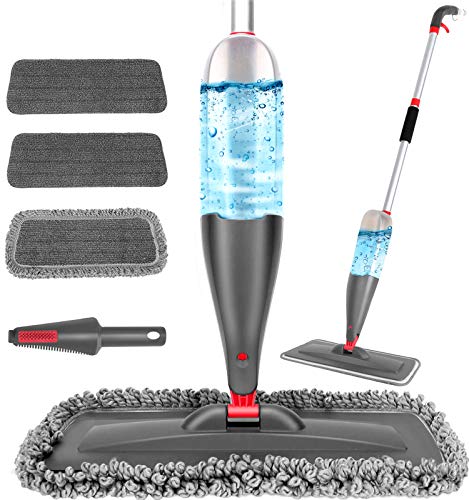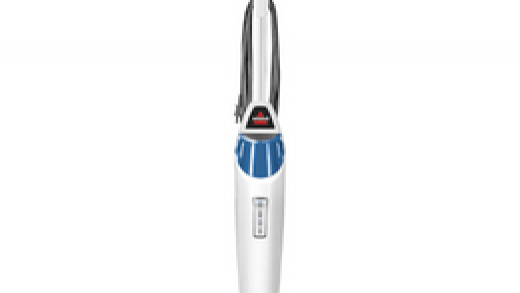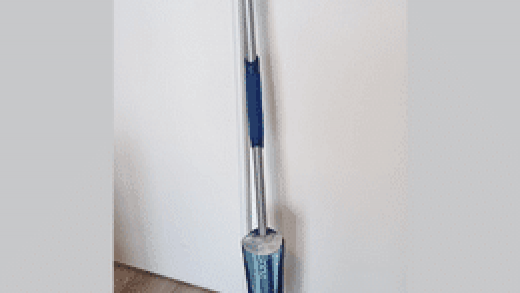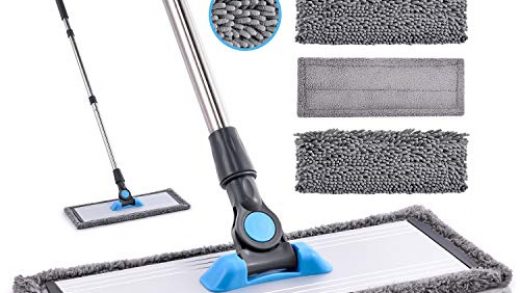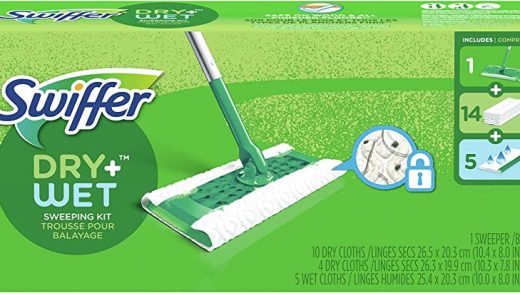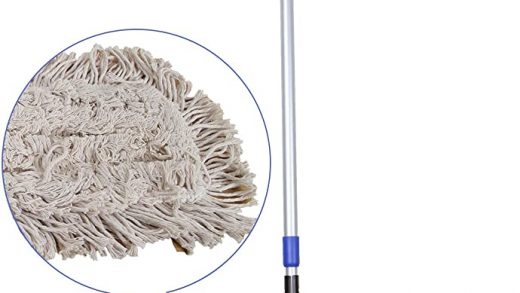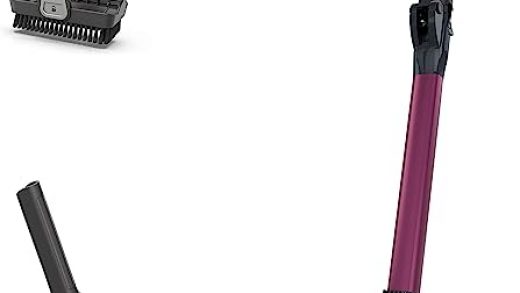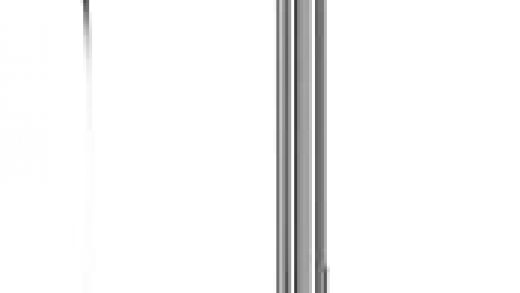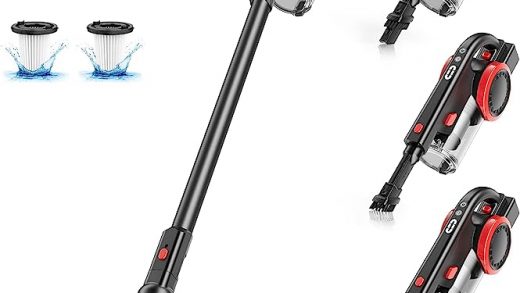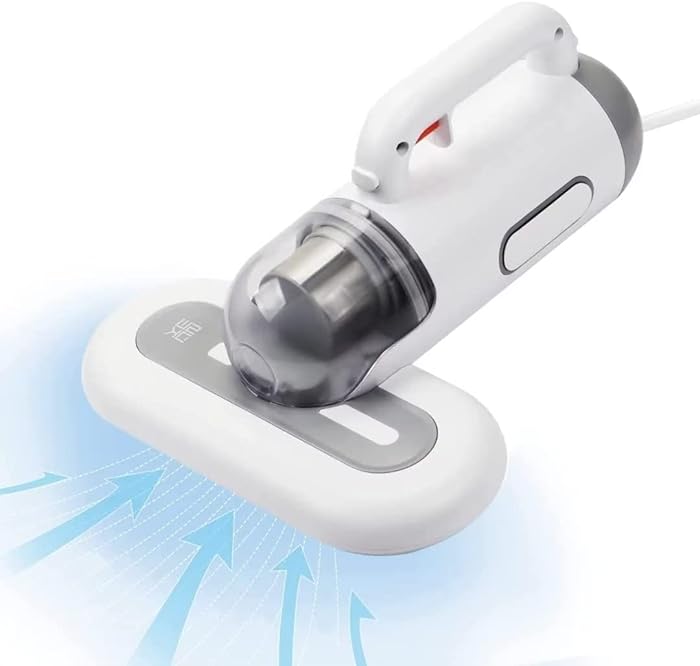
High vacuum cleaners, a staple in many households, have always been sought after for their ability to remove dirt and dust effectively. The integration of UV technology in these cleaners aims to not only clean but also sanitise surfaces, targeting invisible threats like mites and bacteria. This is especially crucial for areas like beds where cleanliness directly affects our health.
Another intriguing feature of these cleaners is the Kpa frequency. Kpa, a measure of pressure, indicates the cleaner’s ability to pick up stubborn dirt particles. A higher Kpa frequency typically means better suction power, which can be a boon for cleaning thick surfaces like sofas, mattresses, and pillows.
But what about the double beat noise? This is commonly found in handheld variants. It refers to the sound the vacuum makes when its beaters hit the surface to dislodge dirt. Some people find this noise reassuring – a sign that the cleaner is doing its job. Others might find it a tad bothersome.
Lastly, when considering a high vacuum cleaner for your home, one must also take into account other aspects such as portability, battery life, and ease of use. Handheld models, for example, offer great manoeuvrability but might compromise on suction power compared to their larger counterparts.
**A:** Yes, UV technology targets and neutralises mites, bacteria, and other microorganisms, offering an added layer of sanitisation beyond just cleaning.
Q: How does Kpa frequency affect the performance of the vacuum cleaner?
A: Kpa frequency, indicative of the cleaner’s suction power, determines its ability to pick up stubborn dirt. A higher Kpa frequency generally means better cleaning capabilities.
Q: Is the double beat noise in handheld vacuum models a sign of effective cleaning?
A: The double beat noise results from the cleaner’s beaters hitting the surface to dislodge dirt. While it can be reassuring for some, it’s merely an auditory indication and doesn’t necessarily determine cleaning efficacy.
